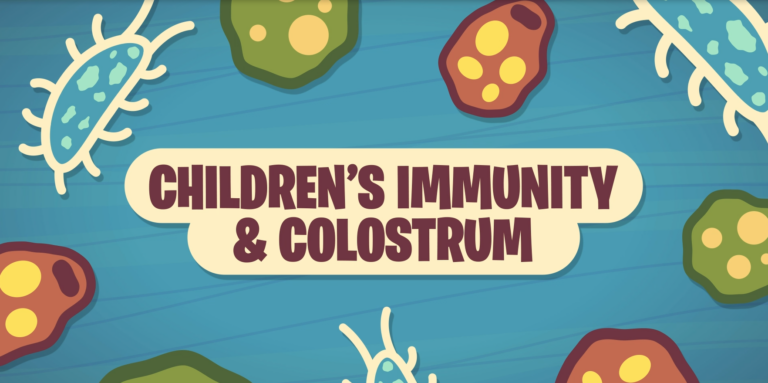Pediatric Health
Find essential information on promoting health and wellness in children. Our resources cover nutrition, development, and holistic approaches to support younger patients' diverse growth and wellness needs.
Sarah Clarke, DC, IFMCP
(56 min listen)
Pediatric and Maternal Wellness: Growing Healthy Children in all Ages and Stages
Keri Barron, PhD
(0 min read)
Supporting Children’s Immune Health through the Microbiome, Micronutrients, and Medicinal Herbs
WholisticMatters
(1 min watch)
Children, Their Immunity, and Colostrum
WholisticMatters
(2 min read)
The Role of Essential Micronutrients in Children's Diet Gaps
WholisticMatters
(3 min read)
Child and Adult: Comparing Immune Systems
WholisticMatters
(5 min read)
Herbs in Pediatrics
WholisticMatters
(5 min read)
Herbal Safety and Breastfeeding
WholisticMatters
(3 min read)
Herbal Safety During Pregnancy
WholisticMatters
(2 min read)
Low HMO Diversity, High 2’-FL Concentration, and A Mother’s Metabolic Status
Sarah Clarke, DC, IFMCP
(56 min listen)
Pediatric and Maternal Wellness: Growing Healthy Children in all Ages and Stages
Keri Barron, PhD
(0 min read)
Supporting Children’s Immune Health through the Microbiome, Micronutrients, and Medicinal Herbs
WholisticMatters
(1 min watch)
Children, Their Immunity, and Colostrum
WholisticMatters
(2 min read)
The Role of Essential Micronutrients in Children's Diet Gaps
WholisticMatters
(3 min read)
Child and Adult: Comparing Immune Systems
WholisticMatters
(5 min read)
Herbs in Pediatrics








